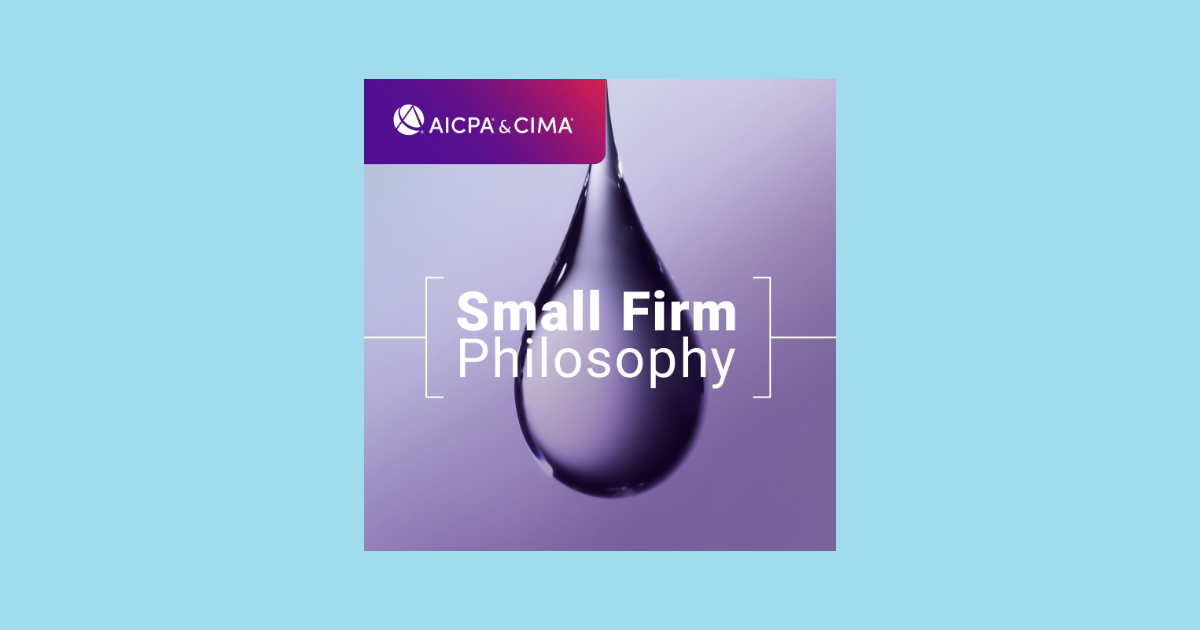- explore topics »
- Accounting
- All Categories
- All Categories
- Consulting
- Risk Management
- Taxes
- Technology
5 Creative Strategies for CRE Firms to Protect Profitability in Tough Times
April 17, 2023

Times are tough for commercial real estate firms.
From high interest rates and rising costs to dramatic shifts in property use demands, trends are shifting across the marketplace, creating bottom-line challenges for CRE owners and investors.
The current climate requires flexibility, creativity and adaptability to protect profitability and remain competitive.
Here are five strategies CRE firms should explore to protect the bottom line during tough times:
Finding Opportunities with New Property Uses
With Phoenix and Maricopa County leading the nation in new population numbers again, demand for multifamily housing is reaching stratospheric heights. Many investors are shifting or increasing residential portfolios in advantageous investment moves diversifying ownership portfolios.
Others are adapting older Class A properties that are losing the amenity race to take on the new standards. Lobbies are being rebuilt with more casual gathering space, even game areas, and outdoor features. As offices downsize and abandon old standards, like conference and break rooms, communal high-tech conference and gathering facilities are standard amenities making buildings more worker-attractive.
Facing the changing future means considering changing traditional uses. In Phoenix and Mesa, multi-use developments of commercial, residential and workplaces are replacing massive conventional malls. Sprawling parking areas are replaced with parking structures to increase development density once wasted on parking for vehicles during November and December while sitting empty the rest of the year.
Nipping Operating Costs
Many traditional office functions can be outsourced for less cost than hiring, training and retaining staff. With the current labor shortage, consider outsourcing functions to reduce overhead labor costs and HR headaches. Even the human resource function can be outsourced, a cost-cutting solution for small firms.
While most businesses already outsource tax accounting, consider shifting all accounting and financial recordkeeping to a specialty vendor.
Almost all office functions, from payroll to building maintenance and janitorial, can be outsourced to contractors to perform tasks more efficiently.
Partnering to Keep Tenants
There’s always a quest for new tenants, and the shaky projections for 2023 mean that existing tenants may also struggle. Being proactive and close to tenants can help both the lessees and owners through troubling times, especially taking the time to work together to find solutions when payments start running late.
Having advance plans and contingencies ready for deployment means happier tenants with less stress when the unanticipated arrives. Keeping open communications regularly—more than just the emailed newsletter—is a wise investment toward inked lease renewals.
Bringing Company Technology into the 21st Century
Even though it’s now the third decade of the 21st century, many firms use technology as automation for 1980s’ tasks. New software applications increase business efficiencies and streamline operations, cutting costs and freeing time.
- Dedicated financial analysis applications assist with planning ahead of purchase, determining improvements and upgrades and tracking investment returns. More advanced versions track property values of owned and competitive properties, and similar apps handle investment management, strategic planning and ROI.
- Workflow automation applications streamline all property-related tasks and consolidate them into efficient flows for the business. This packaging of work effort frees up time for more critical tasks.
- Tenant management applications can help with background checks, understanding tenant needs and screening tenants with hidden issues from becoming future problems.
- Property inspection, maintenance and improvement tracking software keeps an ongoing schedule of tasks ensuring buildings are maintained, tenant complaints resolved, and improvements anticipated in advance.
Battle-Hardened Tax Tactics
Partnering with CPAs means strategic decisions can save money at tax time. Priceless tax strategies often neglected include making use of cost segregation studies and energy-efficient upgrades.
- A Cost Segregation Study divides building elements into categories eligible for different depreciation schedules. Separating elements for accelerated depreciation timelines provides a direct benefit through lower tax liability.
- Energy-efficient upgrades including LED lights, solar panels, or other avenues to reduce energy demand bring a cost-per-square-foot deduction from taxes owed. In addition, these improvements increase property values and make the building more attractive to tenants increasingly demanding sustainable features for leased space. The owners save money on utilities as well.
Challenges abound for commercial real estate. But CRE owners and investors who put an opportunistic strategy into play will show greater competitive resiliency and position themselves to thrive in the months ahead.


